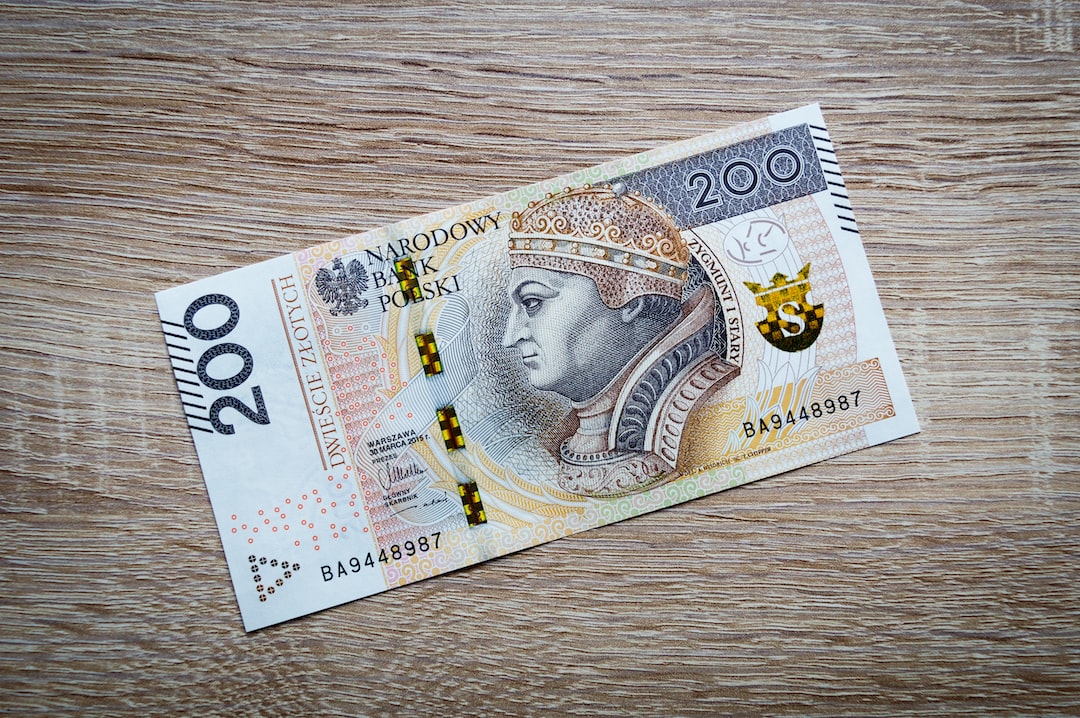The foreign exchange market, or forex, is a decentralized global market where currencies are traded 24 hours a day, five days a week. Forex traders use various technical and fundamental tools to analyze the market, identify trends, and make informed trading decisions. One of the most important concepts in forex trading is the time frame.
A time frame in forex refers to the period of time that a trader uses to analyze the market and make trading decisions. The time frame can range from a few seconds to several years, depending on the trading style and strategy of the trader. Understanding the different forex time frames is crucial for successful trading, as it allows traders to identify trading opportunities, manage risk, and make informed decisions.
There are several different time frames used in forex trading, each with its own benefits and drawbacks. The most commonly used time frames are:
1. Scalping: This is a short-term trading strategy that involves opening and closing trades within seconds or minutes. Scalpers use very short time frames, such as 1-minute or 5-minute charts, to enter and exit trades quickly. This strategy requires a high level of skill and discipline, as it involves making quick decisions and managing risk carefully.
2. Day trading: Day traders hold positions for a few hours to a day, and use time frames such as 15-minute or 1-hour charts. This strategy is popular among traders who want to take advantage of short-term fluctuations in the market, but don’t want to hold positions overnight.
3. Swing trading: Swing traders hold positions for several days to a few weeks, and use time frames such as 4-hour or daily charts. This strategy is popular among traders who want to take advantage of medium-term trends in the market, and are willing to hold positions for longer periods of time.
4. Position trading: Position traders hold positions for several weeks to several months, and use time frames such as weekly or monthly charts. This strategy is popular among traders who want to take advantage of long-term trends in the market, and are willing to hold positions for extended periods of time.
Each time frame has its own advantages and disadvantages, and traders must choose the time frame that best fits their trading style and strategy. Shorter time frames, such as scalping and day trading, require quick decision-making and a high level of skill, but can be more profitable in the short term. Longer time frames, such as swing trading and position trading, require more patience and discipline, but can be more profitable in the long term.
When choosing a time frame, traders must also consider the amount of time they are willing to spend monitoring the market. Shorter time frames require more attention and can be more stressful, while longer time frames require less attention but can be more boring. Traders must find a balance between the time frame that suits their trading style and the amount of time they are willing to spend monitoring the market.
In conclusion, a time frame in forex refers to the period of time that a trader uses to analyze the market and make trading decisions. There are several different time frames used in forex trading, each with its own benefits and drawbacks. Traders must choose the time frame that best fits their trading style and strategy, and must find a balance between the time frame that suits their trading style and the amount of time they are willing to spend monitoring the market. Understanding the different forex time frames is crucial for successful trading, as it allows traders to identify trading opportunities, manage risk, and make informed decisions.






